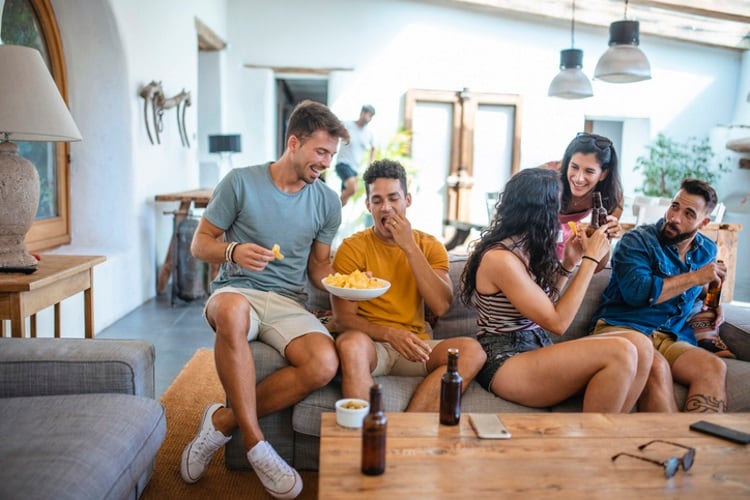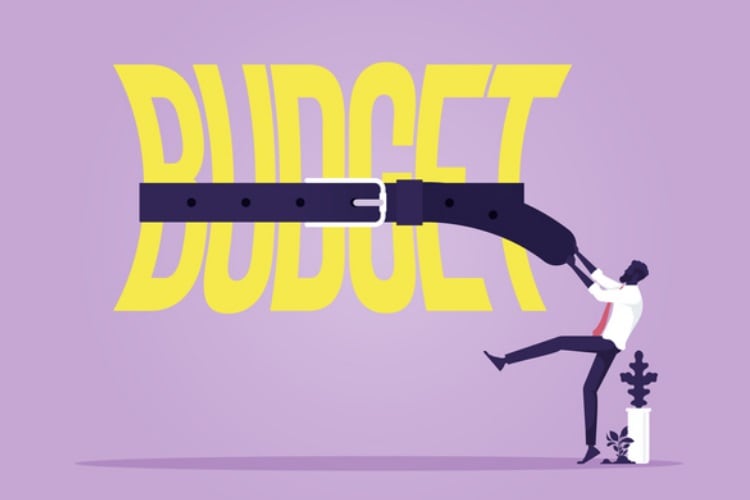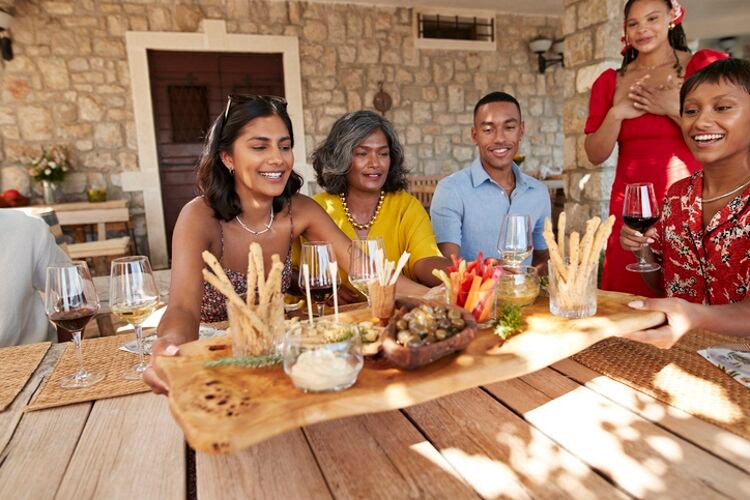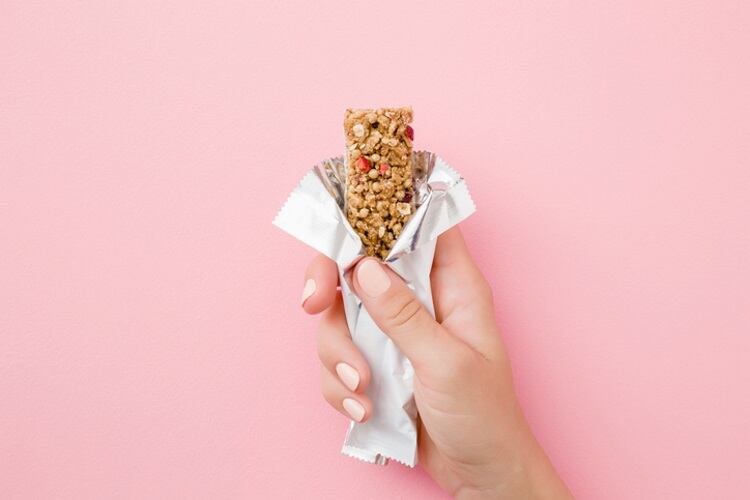The Clif Bar, Lu biscuit and Oreo maker’s report finds the art of frequent nibbling remains a prevalent part of the consumer lifestyle.
In 2018, the growing perchance among time-poor Americans to replace a sit-down meal with a snack on the run – especially Milennials who couldn’t be bothered to cook – was coined ‘snackification’ (original nomenclator unknown), but the habit was not new.
According to Euromonitor, urbanisation encouraged the snackification trend. Convenience and portability were key due to time pressures and a growing on-demand culture.
Driven by Millennials – too busy to sit down to eat or not interested in cooking – snack manufacturers were quick to maintain the momentum with the launch of new formats of their best-selling brands.
More recently, health priorities have gained importance, offering further snackification opportunities to innovate in permissible indulgence.
The art of grazing

Four years on and the trend is as strong as ever, with Mondelēz’s report again illustrating the expanded role of snacking.
In fact, 55% of the consumers surveyed report a higher likelihood of frequent nibbling (small treats that pack in nutrition) in place of all three standard mealtimes, while 71% admit to snacking at least twice a day.
Developed in partnership with The Harris Poll to track the behaviours of consumers across 12 countries, the survey found 78% admit to indulging in a guilty treat every now and then, with 61% being more mindful and taking the time to portion them out before gobbling them down.
Reducing waste is a top priority, with seven in 10 consumers saying they typically grab the snacks that have less packaging, while 72% claim to recycle the packs.
Despite rising prices

“Our State of Snacking report confirms that in these trying times, consumers around the world view their favourite snacks as affordable and necessary indulgences,” said Dirk van de Put, Mondelēz chairman and CEO.
“Snacking continues to be a way for consumers to connect or to enjoy a moment of delight in their day, further demonstrating our belief that every snack can be enjoyed in a mindful way.”

This year’s report explores how current economic challenges are affecting consumer snacking choices around the world, and while many are being ‘more mindful’ when chowing down, snacks are a regular shopping basket item, despite rising prices.
However, 67% said they would rather resort to buying fewer of their favoured brand, than the cheaper generic option.
The vast majority regularly snack to reward themselves (78%) and for a sense of comfort (77%); top priorities among Millennials (85% for both reasons).
Fast facts
- Consumers are making an effort to be mindful and present while snacking, with 78% saying they take time to savour indulgent snacks.
- 61% portion out snacks before eating them.
- 68% check nutrition labels when purchasing them.
- 46% say they feel guilty when enjoying an indulgent treat.
- Snacking is an opportunity to connect with others, with seven in 10 stating, “sharing snacks with others is my love language”.
- The trends to regularly sit down with others to enjoy snacks (versus a meal) is strong among Indian and Mexican families.
- Consumers are becoming laser-focused on the impact of their choices.
- 63% believe snacks with a higher environmental impact should cost more (this rises to 69% of Gen Z and 70% of Millennials).
- 64% are happy to pay more for environmentally-friendly treats.
- 65% would fork out more for ethically sourced ingredients.
“Today’s consumer is more conscious than ever about their consumption – and that includes health and wellbeing, as well as the impact on the planet,” said Mondelēz’s chief marketing and sales officer Martin Renaud.
“The findings of this report continue to help inform our strategy as a global snacking leader with a focus on chocolate and biscuits and a commitment to mindful and sustainable snacking.”
No compromise

Back to Euromonitor’s 2022 Snackification report, to compete in today’s increasingly busy landscape, snack players must focus on at least one of these criteria:
- Easy-to-read labels: In a market filled with new labels and claims, simple and clean packaging designs can stand out.
- Functional ingredients: As habits are shifting, the search for ingredients that can improve health or wellness is rising.
- No compromise on taste: Offer products that have a balance between clean label and indulgent recipes.
“The rise of snackification may have become more apparent, but its purpose has not always been equal between snack products and occasions,” wrote the authors.
“Opportunities lie in fulfilling consumers’ snacking motivations of meal replacement, self-reward and distracted snacking.”




